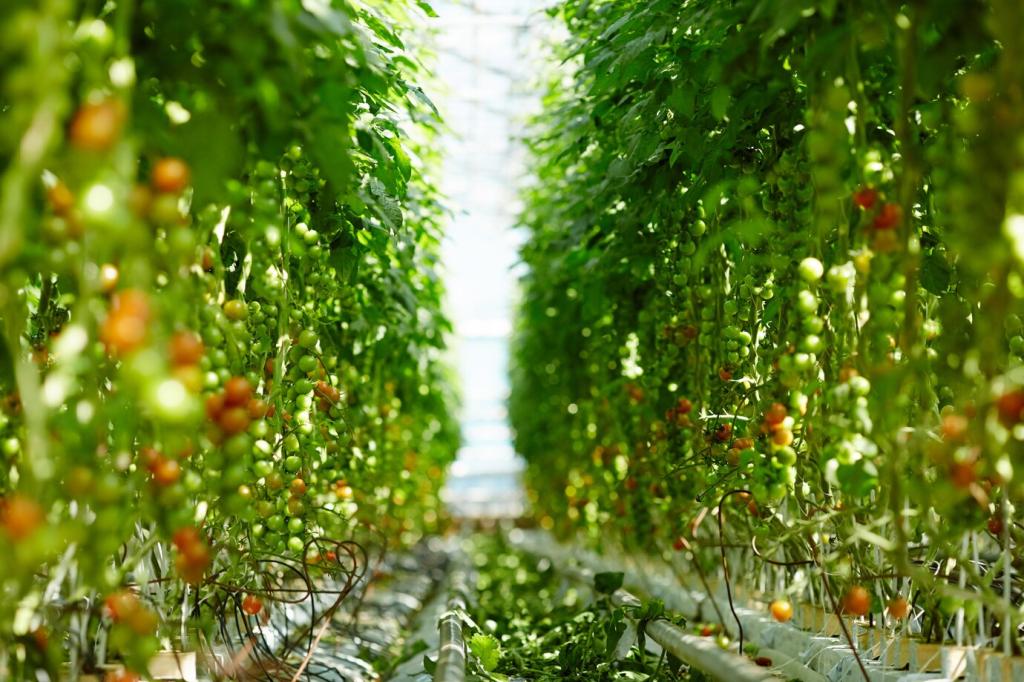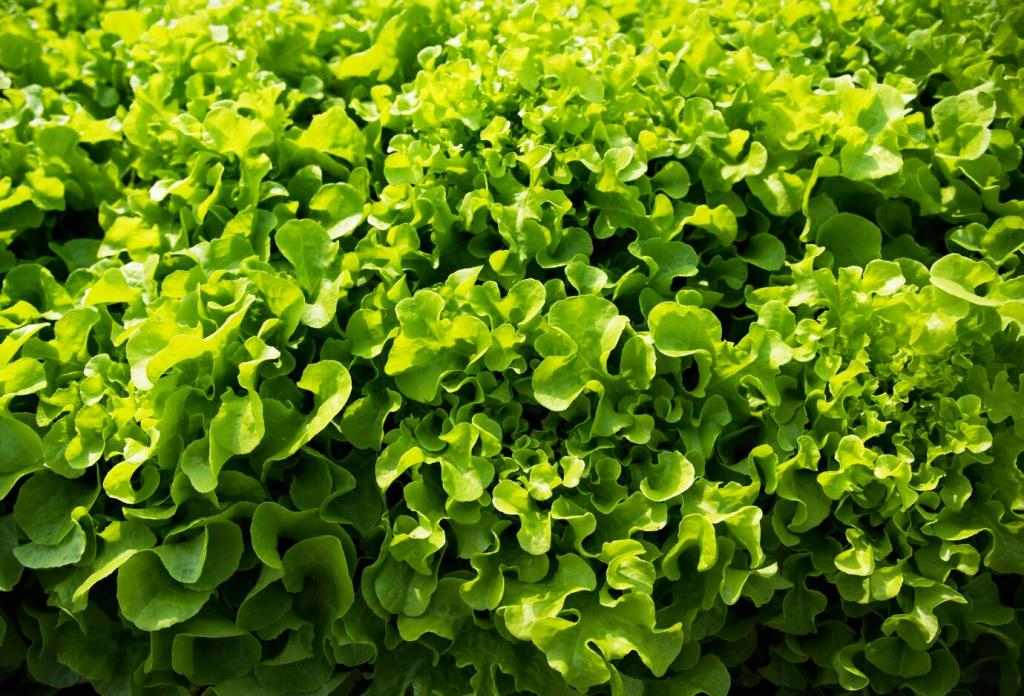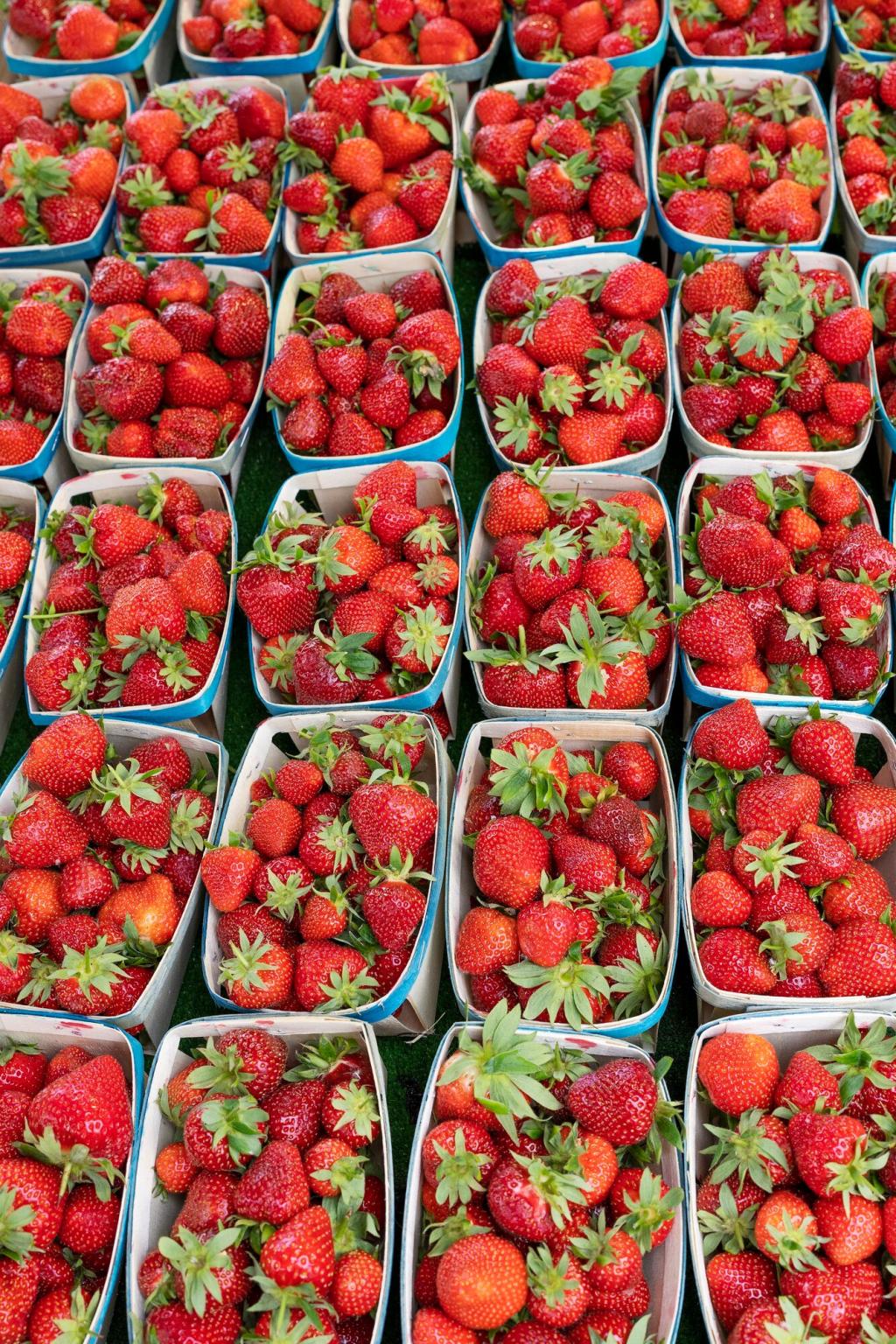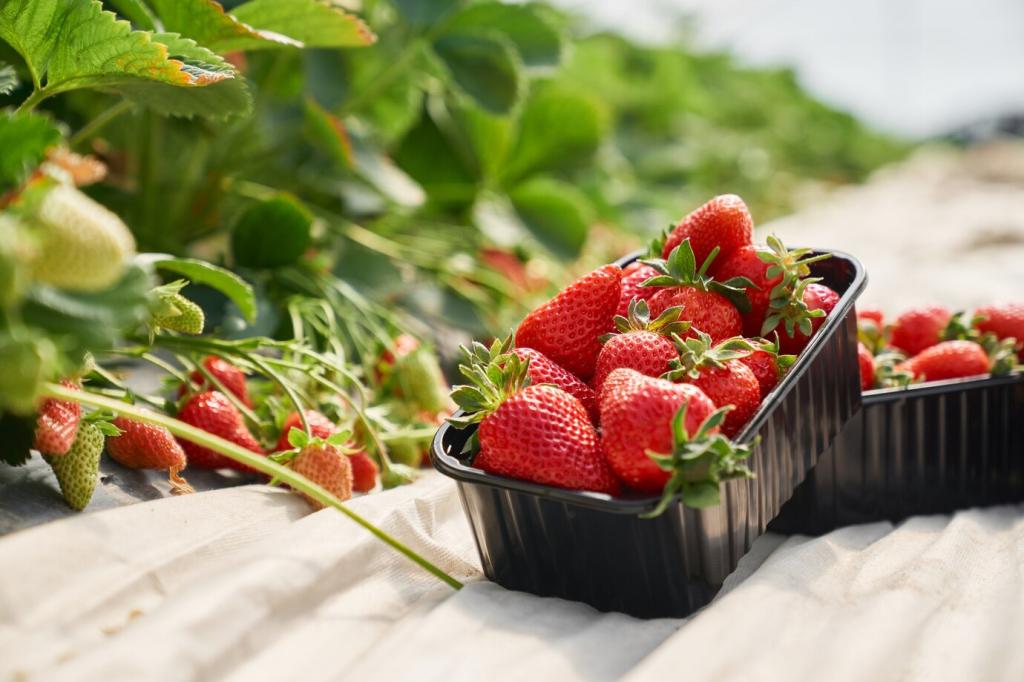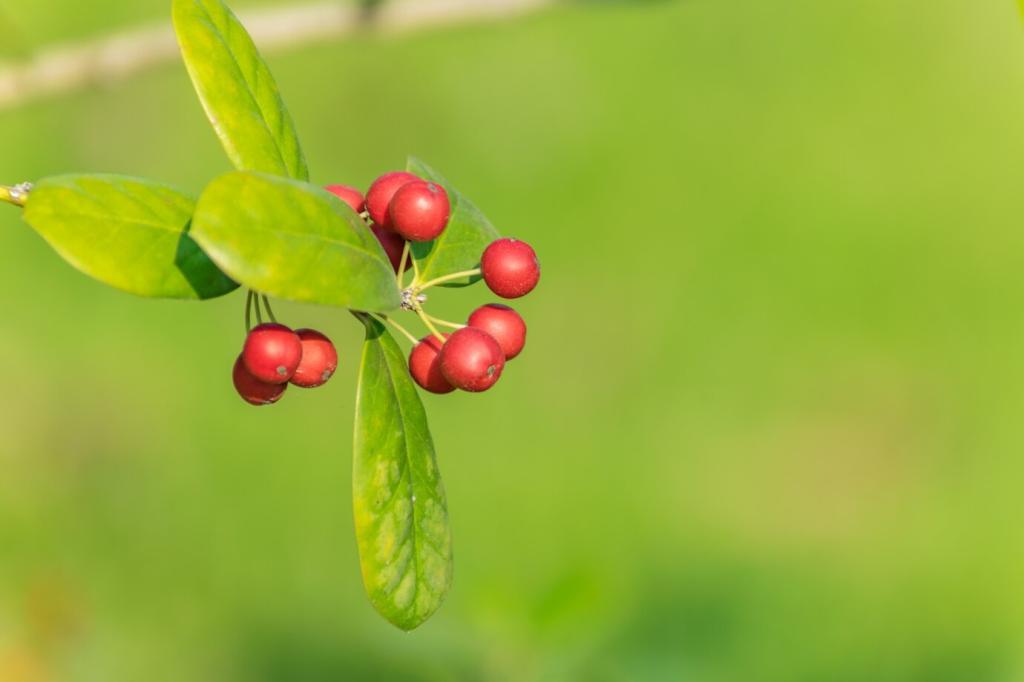Start Smart: The Foundations of Seed Starting and Germination
Seeds wake when moisture, oxygen, and the right temperature align, and some also respond to light cues. Others require stratification or scarification to crack dormancy. Respect these biological triggers, and germination suddenly feels predictable rather than mystical guesswork.
Start Smart: The Foundations of Seed Starting and Germination
Choose your last frost date, then count backward based on each crop’s recommended indoor start window. This keeps tomatoes, peppers, and herbs on schedule without outgrowing their cells. Post your target sowing week in the comments so others can compare plans.
Start Smart: The Foundations of Seed Starting and Germination
Cell packs, soil blocks, and repurposed cups can all work if drainage is generous and sizes match crop vigor. Shallow-rooted greens love tight cells; slow peppers appreciate space. Clean, sturdy containers simplify watering and prevent the cramped roots that slow growth.


